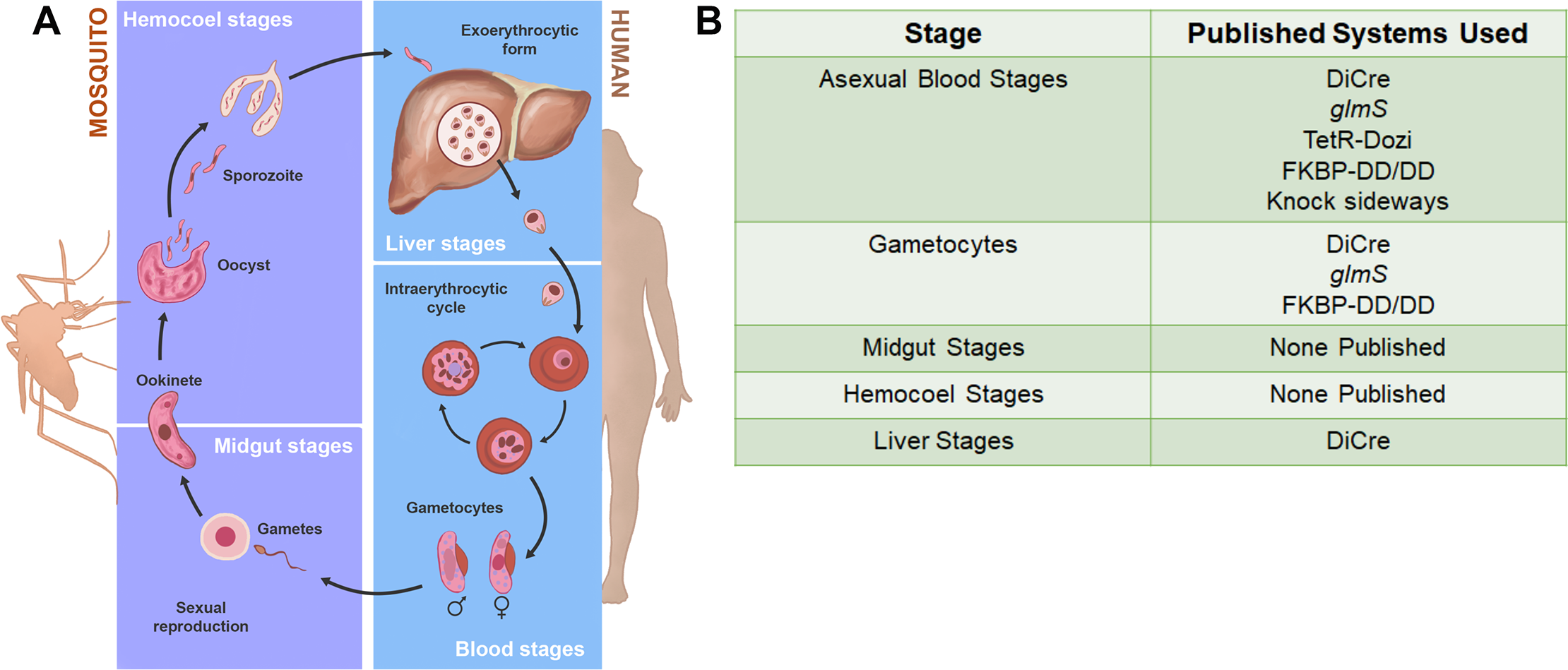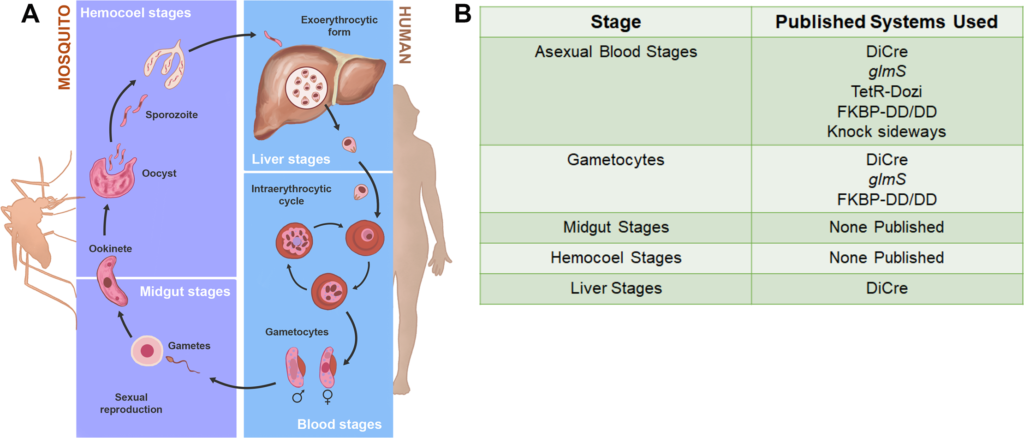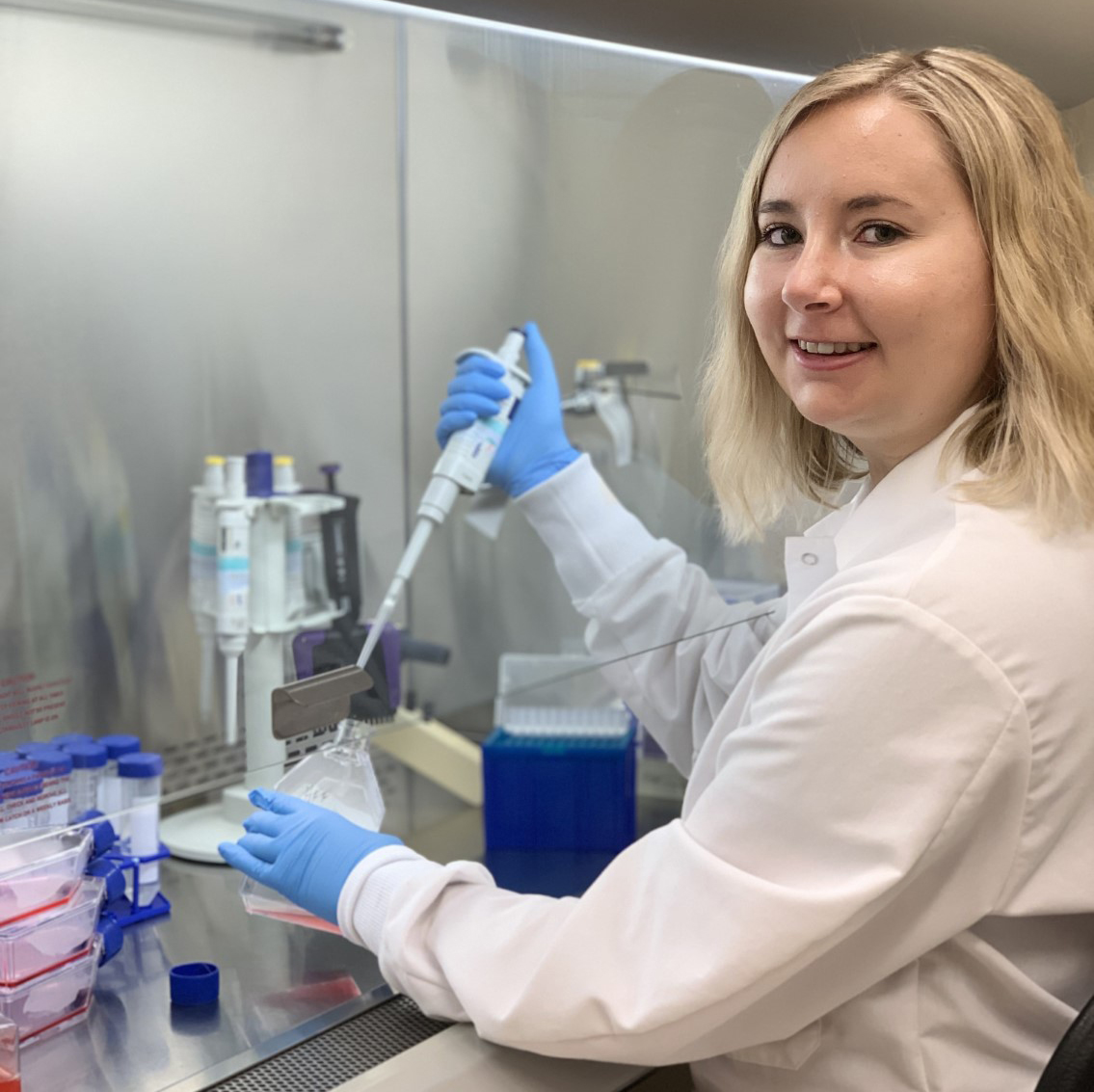Toll9 from Bombyx mori functions as a pattern recognition receptor that shares features with Toll-like receptor 4 from mammals
Toll/Toll-like receptors (TLRs) are key regulators of the innate immune system in both invertebrates and vertebrates. However, while mammalian TLRs directly recognize pathogen-associated molecular patterns, the insect Toll pathway is thought to be primarily activated by binding Spätzle cytokines that are processed from inactive precursors in response to microbial infection. Phylogenetic and structural data generated in this study supported earlier results showing that Toll9 members differ from other insect Tolls by clustering with the mammalian TLR4 group, which recognizes lipopolysaccharide (LPS) through interaction with myeloid differentiation-2 (MD-2)-like proteins. Functional experiments showed that BmToll9 from the silkmoth Bombyx mori also recognized LPS through interaction with two MD-2-like proteins, previously named BmEsr16 and BmPP, that we refer to in this study as BmMD-2A and BmMD-2B, respectively. A chimeric BmToll9-TLR4 receptor consisting of the BmToll9 ectodomain and mouse TLR4 transmembrane and Toll/interleukin-1 (TIR) domains also activated LPS-induced release of inflammatory factors in murine cells but only in the presence of BmMD-2A or BmMD-2B. Overall, our results indicate that BmToll9 is a pattern recognition receptor for LPS that shares conserved features with the mammalian TLR4-MD-2-LPS pathway.
Ruonan Zhang, Xiaofeng Li, Jie Zhang, Yanjun Li, Yuan Wang, Yuhang Song, Feifei Ren, Huiyu Yi, Xiaojuan Deng, Yangjin Zhong, Yang Cao, Michael R Strand, Xiao-Qiang Yu, Wanying Yang. Proc Natl Acad Sci U S A. 2021 May 11;118(19):e2103021118. doi: 10.1073/pnas.2103021118.











